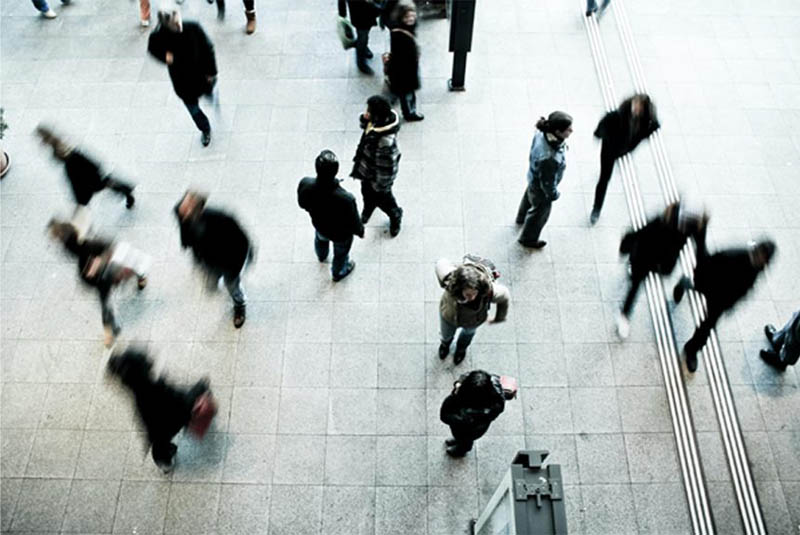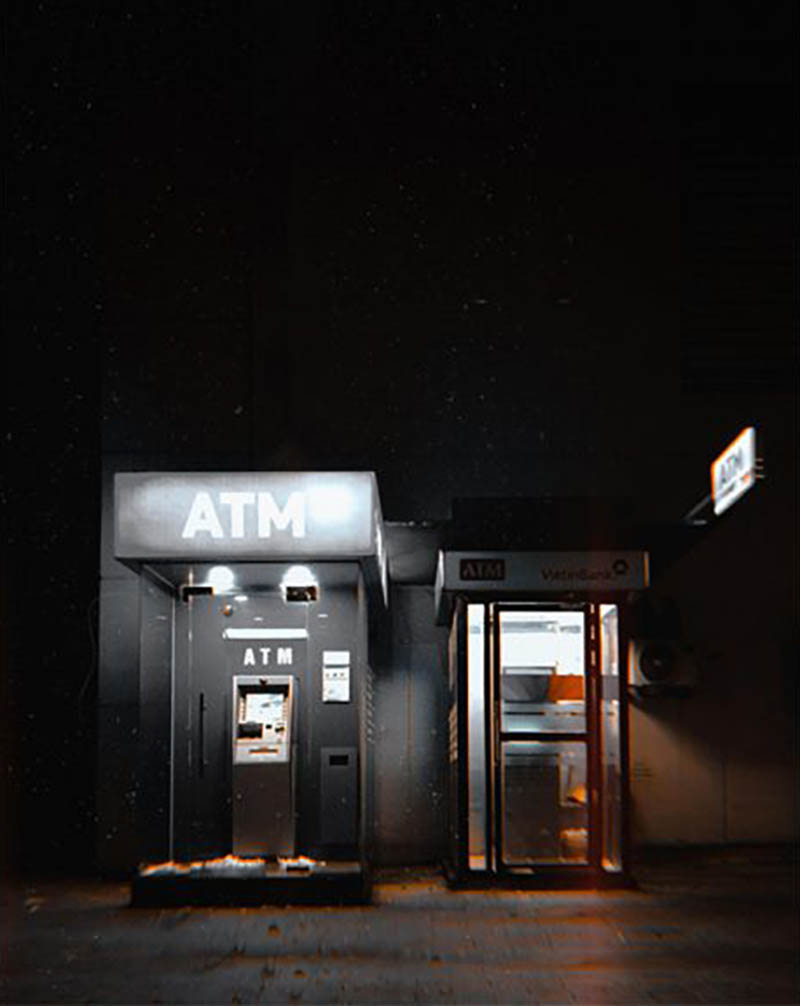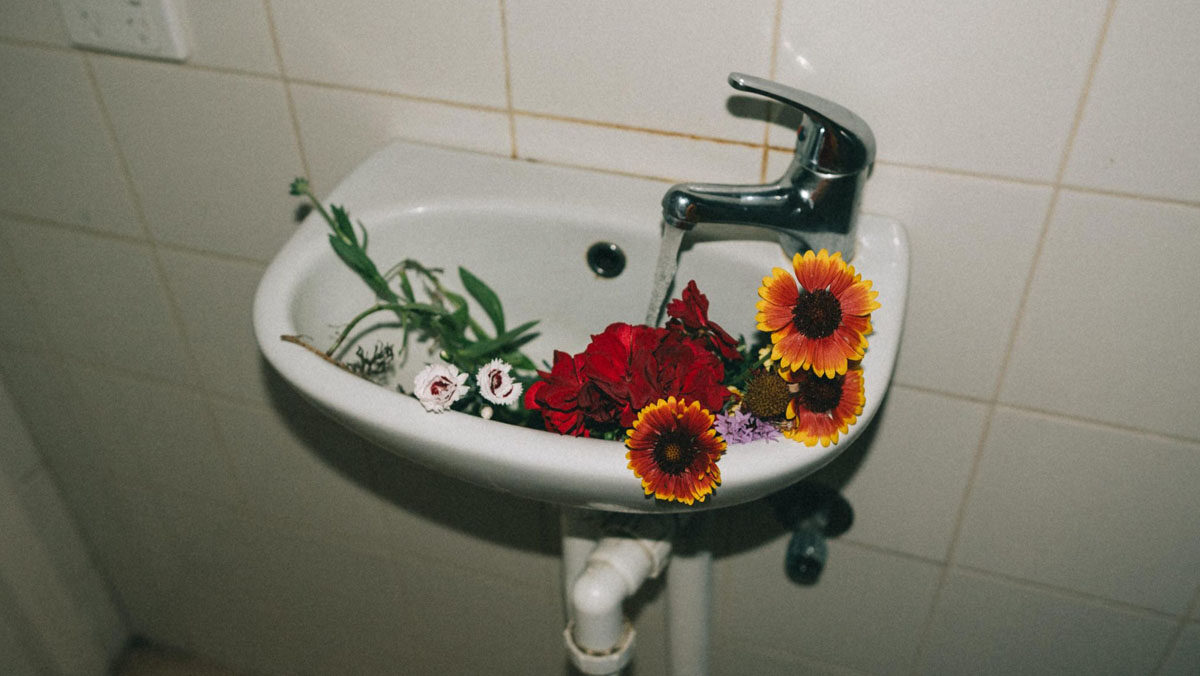Die Grundkonzepte und Strategien funktionieren zwar, aber die Inhalte werden oft nicht verstanden. Deshalb breche ich traditionelle Beratungstechniken auf und versuche sie für die Kreativbranche neu zu gestalten.
Eine stabile Basis für deine Idee. Du bist freiberufliche/r Künstler*in, Designer*in oder arbeitest in einem Team/Start-up in der Kreativbranche? Dann bist du bei mir genau richtig. Als selbständiger Unternehmensberater unterstütze ich Kreative und Unternehmen bei der Finanzierung und Umsetzung ihrer kreativen Projekte und Ideen.
Ich unterstütze meine Kund*innen vom Projektmanagement bis hin zur ganzheitlichen Finanzstrategie. Ich helfe dir durch den Dschungel an öffentlichen Förderungen, von der Auswahl bis zur erfolgreichen Antragstellung. Ich bereite Unterlagen für Investor*innen vor oder helfe dir einfach, dein Vorhaben optimal zu strukturieren. Das alles mit den besten, aber dennoch leicht verständlichen Tools und Instrumenten.

Projektmanagement. Ich unterstütze bei Projektmanagement, Kostenplanung, Zeitmanagement und anderen Bereichen der Projektorganisation. Egal, ob du ein/e Künstler*in, ein Teil eines kreativen Start-ups oder Vereins bist, ich kann dir dabei helfen, dich selbst und dein Projekt für eine erfolgreiche Umsetzung zu organisieren.
Finanzierungs-Strategie. Eine solide finanzielle Grundlage ist entscheidend. Die Entwicklung einer abgerundeten Finanzstrategie bei gleichzeitiger Erschließung geeigneter öffentlicher Mittel ist meine tägliche Arbeit. Finanzplanung oder die Entwicklung von Businessplänen scheinen manchmal überwältigend zu sein, aber genau dabei kann ich dir helfen.

Öffentliche Förderungen. Es gibt eine Fülle an öffentlichen Förderungen, die für Kreative geeignet sind. Gemeinsam ermitteln und beantragen wir die vielversprechendsten Fördermöglichkeiten für deine kreativen Projekte und Ideen. Es besteht eine breite Palette von Fördermöglichkeiten für Vereine, Unternehmen und Einzelpersonen.
Geförderte Beratung für Wiener Unternehmen: Ich bin im Beraterpool zur geförderten Unternehmensberatung der WKW (Wirtschaftskammer Wien) eingetragen. Dadurch ist es für Unternehmen mit Sitz in Wien möglich, eine geförderte Unternehmensberatung im Umfang von maximal 20 Stunden mit mir gemeinsam zu bekommen. Weitere Details findest du hier.
Über mich. Hi, mein Name ist Marco. Nachdem ich 2014 während meines Wirtschafts-Studiums meine erste eigene Kreativagentur gegründet habe, bin ich dadurch immer mehr in die Kreativbranche eingetaucht. Nach verschiedenen Positionen als CFO in einem Start-up und Mitbegründer/Geschäftsführer eines Forschungs- und Beratungsunternehmens, bin ich nun als selbständiger Berater mit dem Fokus auf die Kreativbranche tätig. In den letzten Jahren habe ich umfangreiche Kompetenzen und Erfahrungen in der Planung und Akquisition von privaten und öffentlichen Finanzmitteln für Projekte verschiedenster Arten aufgebaut. Mein Ziel ist es, dein kreatives Potenzial und deine Ambitionen zu entfesseln, indem ich in allen Management- und Finanzfragen unterstütze, damit du dich ausschließlich auf die Arbeit konzentrieren kannst, für die du liebst und lebst – das kreative Schaffen.
Du hast Fragen oder möchtest gerne wissen, wie so eine Beratung aussieht bzw. welche Förderungen für dich in Frage kommen? Dann können wir gerne einen kostenlosen und unverbindlichen Ersttermin vereinbaren. Schreib mir dazu einfach über das Kontaktformular oder per E-Mail (mds@skiava.com).
Marco della Schiava – www.linkedin.com/in/marcodellaschiava/




